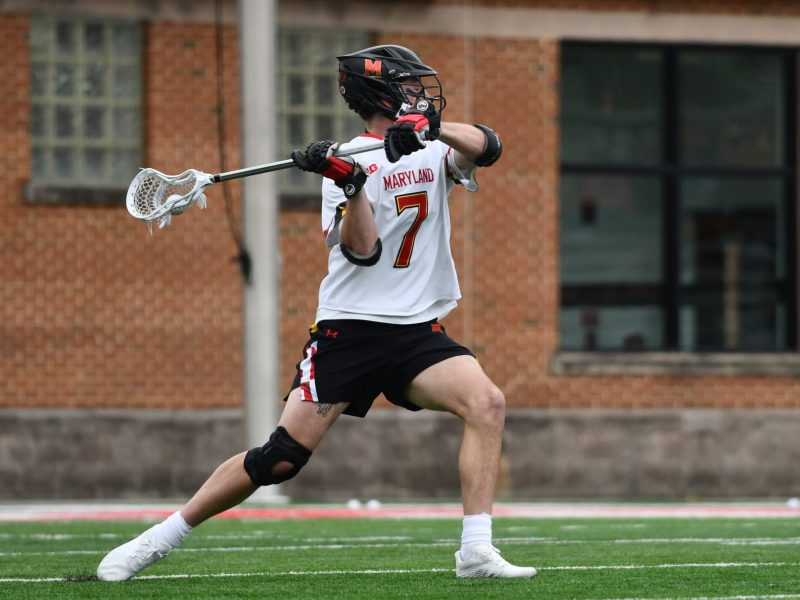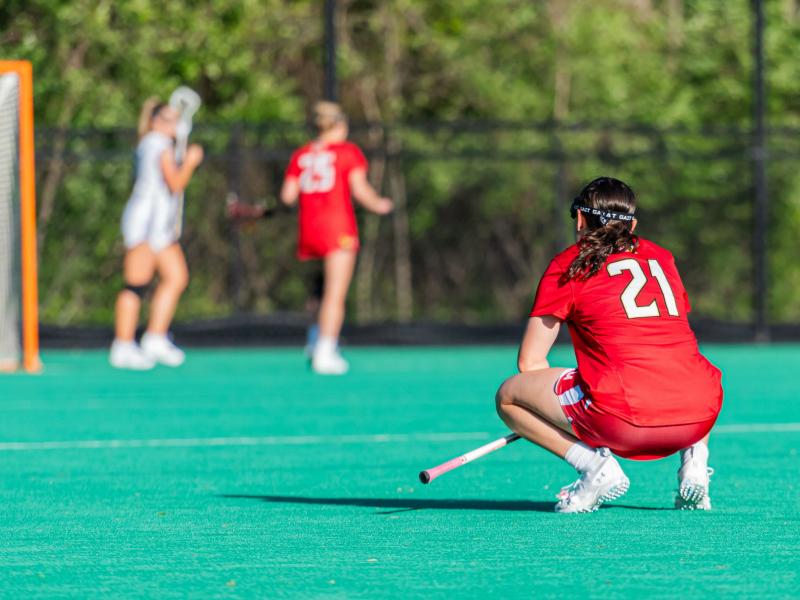
Employees monitor campus activity in the Security Operations Center located in the Pocomoke building. The screens show video from the hundreds of security cameras located around campus and the surrounding areas.
Derrick Travers started off as a part-time employee in the University of Maryland’s Security Operations Center in 2010 while he attended this university.
Travers, who said he wanted to be a police officer, saw an open position in the center — a unit that monitors more than 500 cameras located on the campus and in College Park — and applied for the job.
“I wanted to know how the police department worked and what it’s like from their point of view,” said Travers, who applied to be a full-time employee after he graduated in 2012 and became a supervisor at the center in February 2014. “It’s definitely a great benefit for students.”
READ MORE: University Police K-9 Explosive Unit dogs serve UMD events, visits
When he started working at the center, Travers said, there was only one keyboard system with a screen that showed one camera at a time. Now, each screen displays up to 16 cameras at the same time, he said, and up to 10 people can monitor the area at once.
“We’ve had this going for awhile,” University Police Maj. Marc Limansky said. “Now we’re way ahead of the game.”
READ MORE: University Police’s Ride Along Program allows you to join the force
The center has 10 monitoring stations, and employees are assigned a group of cameras to patrol areas, Limansky said. An employee looks at a particular camera for a few minutes before switching to the next to make sure there are no issues that need to be reported. In the case of an incident, Travers said employees can alert officers and notify dispatchers.
“When we hear a call go out that’s officer-initiated, we’ll pull up the cameras relevant to the incident,” he said. “It’s an extra set of eyes for us.”
The cameras aid the police department by offering more details to officers about suspects when incidents occur and are also used for reviewing cases for more information, Limansky said.
“We’re often able to get more evidence, suspect information, a description of the suspect and develop a case when we review [the camera footage],” Limansky said.
In one case, the cameras even helped save a life, Travers said.
“A student was involved in an incident, and I helped to locate him,” Travers said. “The officers told me that they didn’t think he’d live if I hadn’t found him.”
READ MORE: University Police respond to reports of disorderly conduct and vandalism
Senior kinesiology major Adil Abdelgawad said the cameras are a good thing for the campus and could also discourage people who know about the cameras from committing crimes.
“If [someone] might commit a crime but doesn’t because they know about the cameras, the cameras act as deterrents for illegal behavior [by] basically preventing the crime before it happens,” Abdelgawad said.
Limansky said while the video obtained from the cameras helps provide information to solve crimes, officers must still do traditional police work to piece together incidents.
“It’s not always the end of the case for us,” Limansky said. “It’s not going to give us a full answer. But it does give us an avenue to continue an investigation and shed new light on a crime or allegation.”



